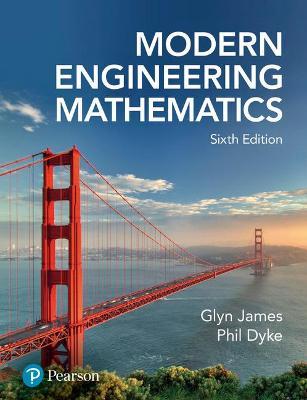A topic from information theory: imagine an information transmission system that uses an alphabet consisting of just
Question:
A topic from information theory: imagine an information transmission system that uses an alphabet consisting of just two symbols ‘dot’ and ‘dash’, say. Messages are transmitted by first encoding them into a string of these symbols, and no other symbols (say blank spaces) are allowed. Each symbol requires some length of time for its transmission. Therefore, for a fixed total time duration only a finite number of different message strings are possible. Let Nt denote the number of different message strings possible in t time units.
(a) Suppose that dot and dash each require one time unit for transmission. What is the value of N1? Why is Nt + 1 = 2Nt for all t ≥ 1? Write down a simple formula for Nt for t ≥ 1.
(b) Suppose instead that dot requires 1 unit of time for transmission while dash requires 2 units. What are the values of N1 and N2? Justify the relation Nt + 2 = Nt+1 + Nt for t ≥ 1. Hence write down a formula for Nt in terms of t.
Step by Step Answer:






